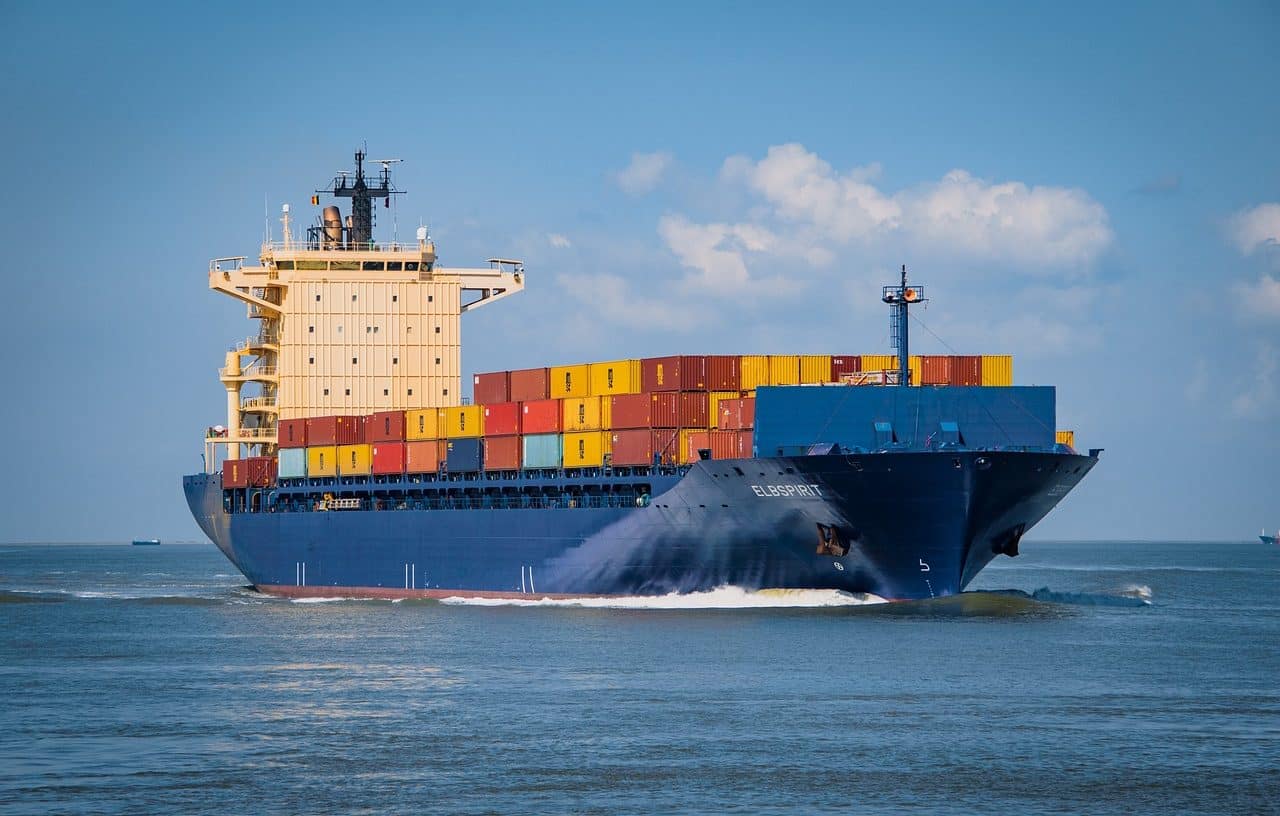
Direct is the distribution channel that connects the manufacturer or producer with the final consumers without intermediaries; the indirect, as it admits partners/intermediaries in the distribution process.
Distribution channels are all those steps, means or paths that allow a product or service to reach the final consumer. The circuit begins with producers or manufacturers and involves, for example, distributors .
These distribution chains require strategic planning , good logistics and optimal management in order to allow the greatest possible number of people (that is, potential customers) to learn about the service or merchandise and to position the brand . It should be noted that the more points of sale that are enabled and the more solid the distribution coverage , the greater the chances of making sales or contracts .
Given the characteristics and purpose of distribution channels , it is vital for every company to deal with this issue and adopt the system or modality that is most convenient at the corporate level in order to generate a pleasant customer experience and increase income.
Types of distribution channels
In order to decide which is the most appropriate or viable distribution channel within a certain company, it is first necessary to obtain advice on what types of alternatives exist and how they differ from each other.
As noted when searching for information in this regard, firms in which they aspire to assume control over the entire marketing process and the relationship or contact with the client should advance along the path of the direct distribution channel . It is the model based on direct sales , without any kind of intermediaries: from the manufacturer to the consumer without stops. E-commerce (electronic commerce) and catalog sales are included in this segment.
The case of the indirect distribution channel is different, since in this scheme the role of intermediaries comes into play to have reach in the distribution and facilitate sales. Agents (which fall into the dual distribution channel and have the particularity of being exclusive distributors, this panorama being reflected in franchises ), retailers ( short distribution channel ) and wholesalers become relevant in this modality. It is constructive to add that there are also long distribution channels that include manufacturers , wholesale and retail distributors, and the final consumer .
It is also appropriate to highlight that there are companies that opt for a hybrid style , combining aspects of the direct channel and others of the indirect channel .

Social networks as sales channels are powerful and effective to have a great reach and increase sales opportunities.
What to take into account when selecting a modality
Before deciding on the distribution channel, it is vital to weigh a lot of issues linked to the strategic business objectives , the nature of the venture or business and the specific requirements of the market, sector or clientele that you are seeking to attract and retain. .
When designing a distribution strategy, it is advisable to initially focus on the profile of the product to be marketed: whether it requires careful or particular handling, whether it is something perishable, what dimensions it has, etc.
To make a difference compared to the competition, on the other hand, it is suggested to be aware of the distribution tactics of the competitors with the idea of betting on options different from those applied by them.
Knowing the target market by studying their preferences, behaviors and geographic locations is also useful. Of course, when selecting between one distribution channel or another, one must also think about profitability and costs (there are expenses associated with transfers or transportation , storage or conservation , commissions allocated to intermediaries , etc.) and corporate resources and capacity. internal to the company.

Transport logistics generally includes air, sea and land transport. Companies committed to sustainability, meanwhile, look for less polluting and more efficient alternatives to reduce their carbon footprint.
Strategies related to distribution channels
Once the distribution channel available is analyzed in depth without detracting from trends or underestimating user preferences, in every company the best possible distribution strategy must be outlined.
By getting this point right (and training frequently to accompany the evolution of business), experts on the subject say, it is possible to conquer new market segments, maximize profitability and become stronger in competitive matters.
If there is the capacity to reach the maximum possible number of points of sale with products (generally mass consumption ), then the intensive distribution strategy may be viable. This is the logistics and marketing model that is usually applied in supermarkets .
Exclusive distribution , on the other hand, appears as a solution for firms that seek concentration and optimization of efforts and resources in a single channel, dealing with the stimulation of sales in a defined territory or managing a single brand. Although its benefits are recognized, there are also disadvantages linked to consumers' limitations in knowing or acquiring exclusive products and the risks faced in terms of performance .
Finally, selective distribution must be mentioned as a possibility, which is generally used for luxury or expensive products (classified as medium or high range /quality). This method, by restricting the availability of the good, allows us to have control over the quality and image of the brand.
